Visit Pisa: what are the best things to do and see in this famous city for its steep tower?
Visit Pisa is one of the most important and famous sites in the Renaissance. The birthplace of Galileo Galilei, Leonardo Fibonacci and Pisanello is a city full of art, history and culture. Once a rival maritime power with Genoa and Venice , Pisa derives its fame from an architectural project that has terribly badly turned. But the famous leaning tower is not the only asset of this irresistible city.
Estudiantine, animated by day and night more by the locals than tourists, Pisa offers a beautiful blend of Romanesque, Gothic and Renaissance culture and architecture. You will certainly not discover all this charm if you restrain your visit to Piazza dei Miracoli. But what about Pisa? Is one day enough? Nothing is less certain. To help you organize your stay on site, we have listed the must-see activities and attractions to visit in Pisa.
1. The Tower of Pisa
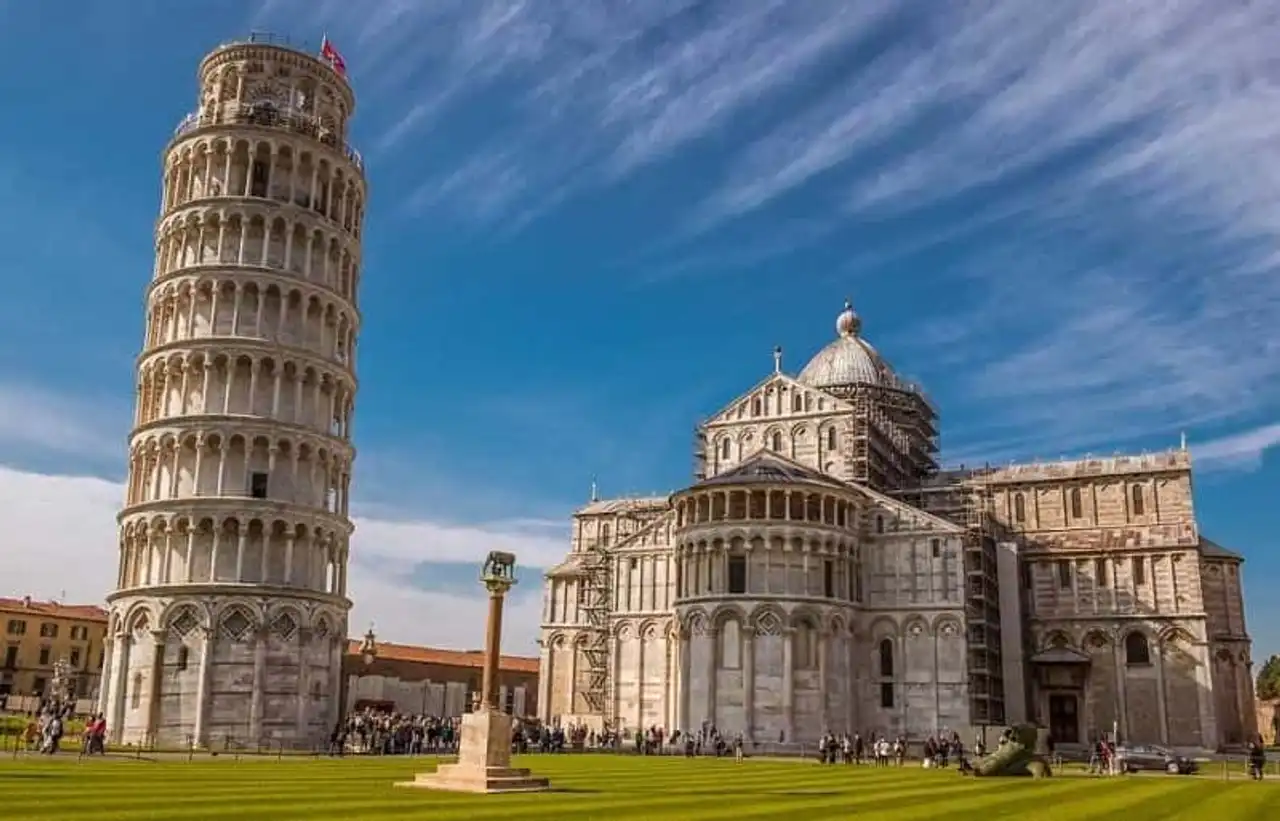
Photo credit: Flickr – Luis Ascenso
Children as adults, everyone has heard of the Tower of Pisa . This is probably the first reason why we come to visit Pisa, and it is certainly the most famous tour in the world. The Tower of Pisa is the campanile of the Notre-Dame Cathedral of the Assumption of Pisa, which is located in Piazza dei Miracoli. It is deemed to be be leaned from an angle of 3.59 degrees southward. The construction of the building began in 1173 and spread over two centuries. As soon as the third floor was added, around 1178, the tower was already beginning to lean and the construction was interrupted for 90 years.
Until 1990, tourists climbed the 293 steps to the top of the tower. But the angle of inclination progressing dangerously, it was calculated that the tower would collapse in the year 2000 if nothing was done. Costly work was therefore undertaken to avoid this and the tower reopened in 2001. And more than ten years after the end of the consolidation work, the tower recovers and without human intervention.
2. The Cathedral of Notre-Dame de l’Assomption (Duomo)
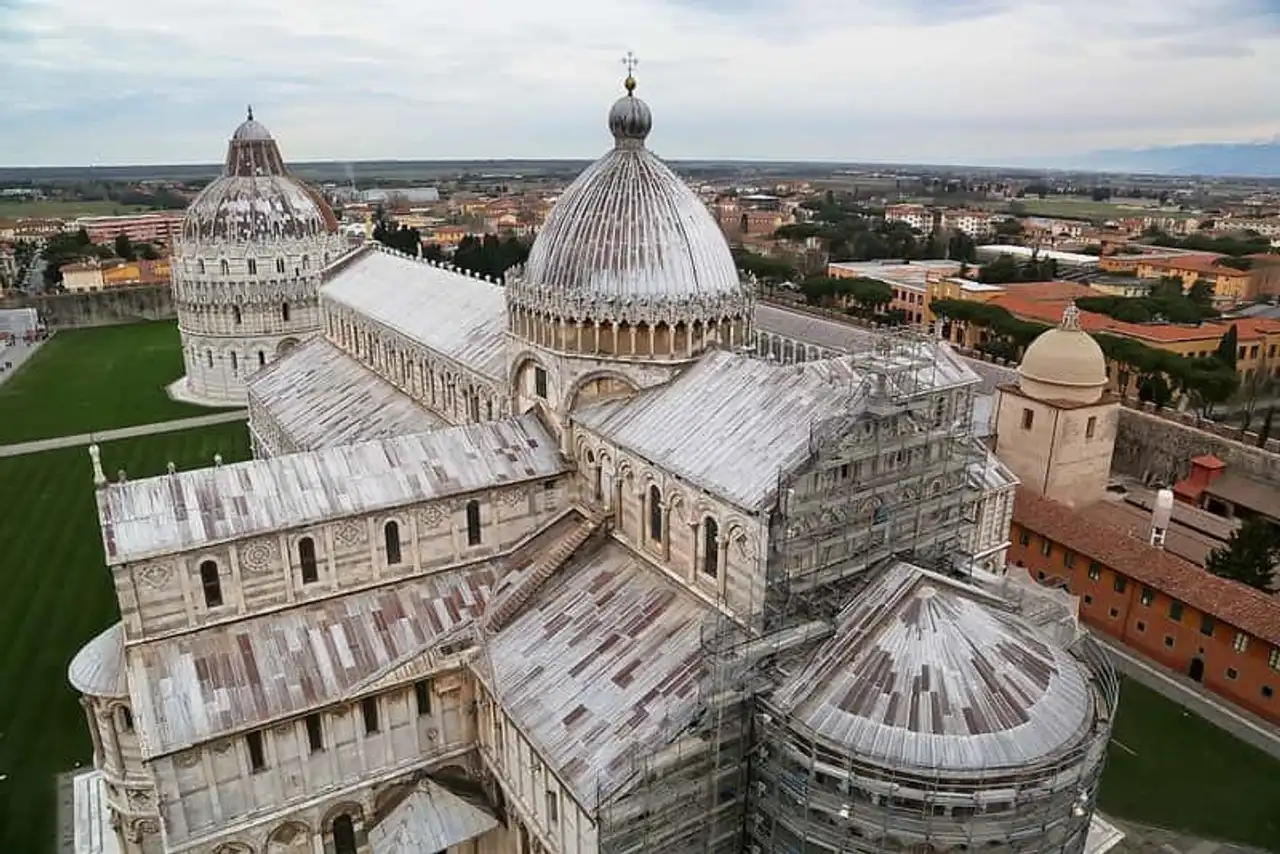
Photo credit: Flickr – Y Nakanishi
A typical example of the Pisan architectural style, Notre-Dame de l’Assomption Cathedral is a Romanesque basilica with five naves designed by the architect Buscheto. Started in 1063, it represents the center of a monumental set classified as a UNESCO World Heritage Site, which thus includes the steep tower, the Monumental Camposanto (cimetière monumental) adjacent, as well as the baptistery of Pisa that faces it. At the entrance, do not miss the bronze doors of the Porta di San Ranieri, with scenes of the life of the Virgin and Christ. Inside, admire the chair of Giovanni Pisano.
3. The baptistery of Saint John of Pisa
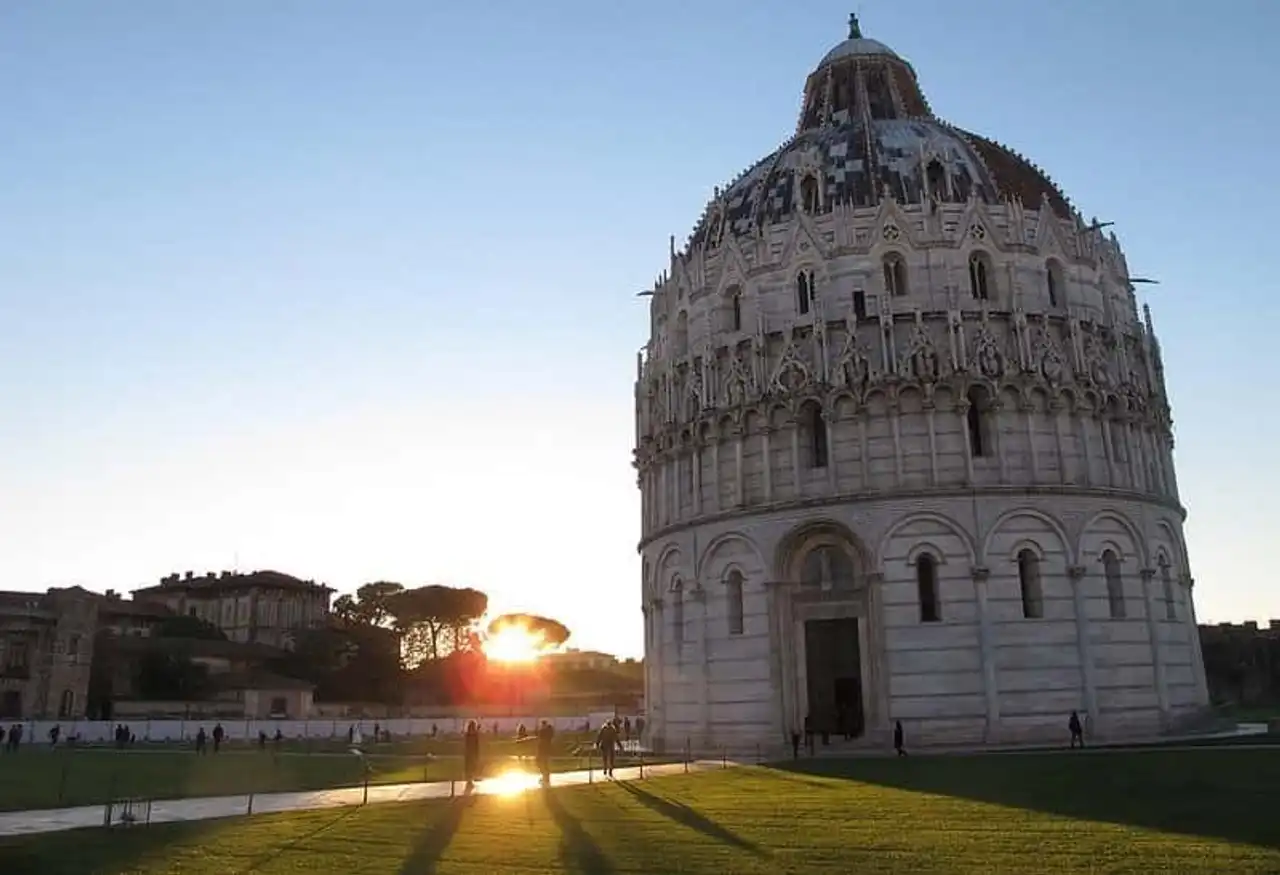
Photo credit: Flickr – T.Lan
The Battistero di San Giovanni , the second oldest building in the famous Piazza dei Miracoli of Pisa, is also the largest baptistery in Italy with 55 meters. Built between 1152 and 1363, the baptistery is a great example of the fusion between Romanesque and Gothic architecture, each level being built in a different style. Take a tour of the building to admire the detail of the sculptures and blind arches, then go inside to discover the incredible acoustics of the building.
4. Camposanto
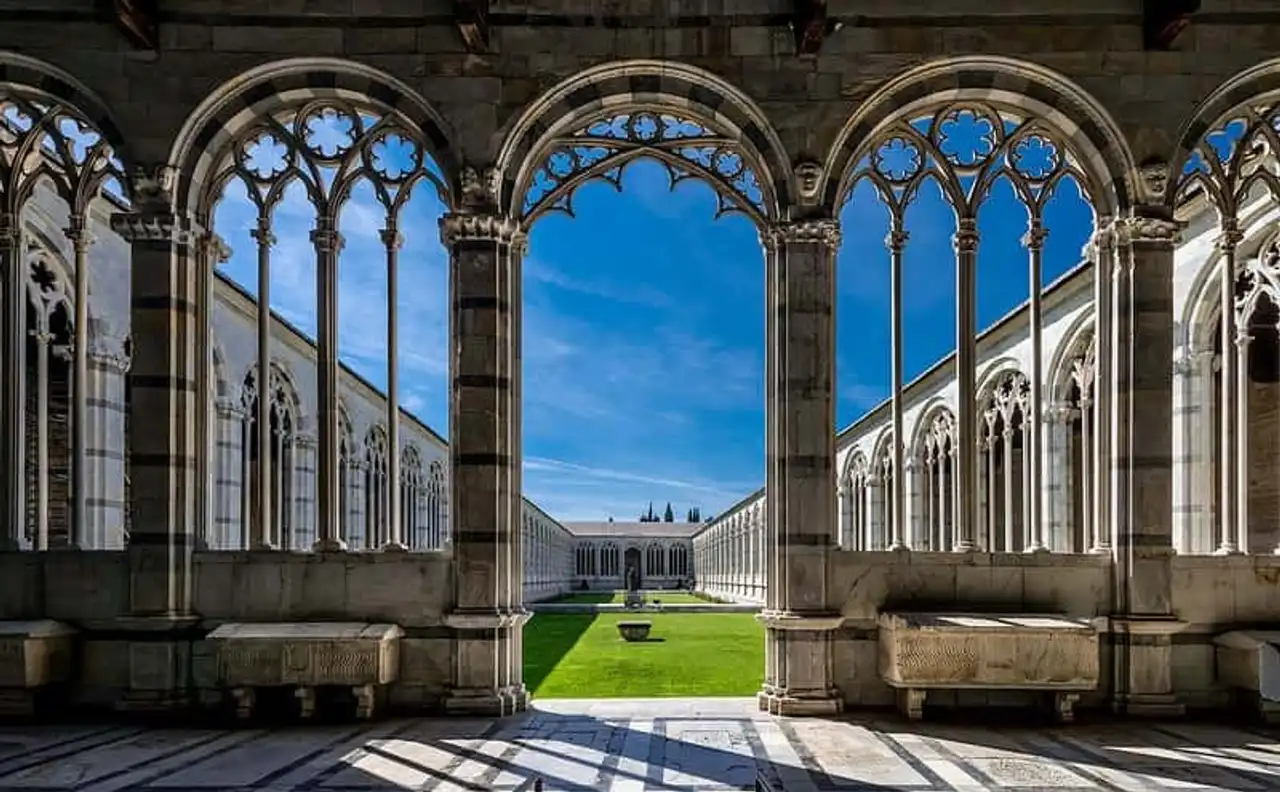
Photo credit: Flickr – Bernd Thaller
According to the local legend, the Archbishop of Pisa Ubaldo de Lanfranchi (1108-1178) reported in five ships, during his return from one of his crusades, a shipment of sacred land taken from Golgotha (mount of Calvary). This was mixed with the cloister's land where many Pians were buried. The walls were originally covered with frescoes, but during the Second World War, the allied artillery destroyed several of these frescoes, but some were recovered and are now exposed in the Sala Affreschi (salle of frescoes). The most famous is Triomphe de la Mort (1336–41), a remarkable illustration of hell attributed to the 14th century painter Buonamico Buffalmacco. These frescoes are visible in the Sinopie Museum, a museum dedicated to the sinopie frescoes.
5. The Museo dell’Opera del Duomo
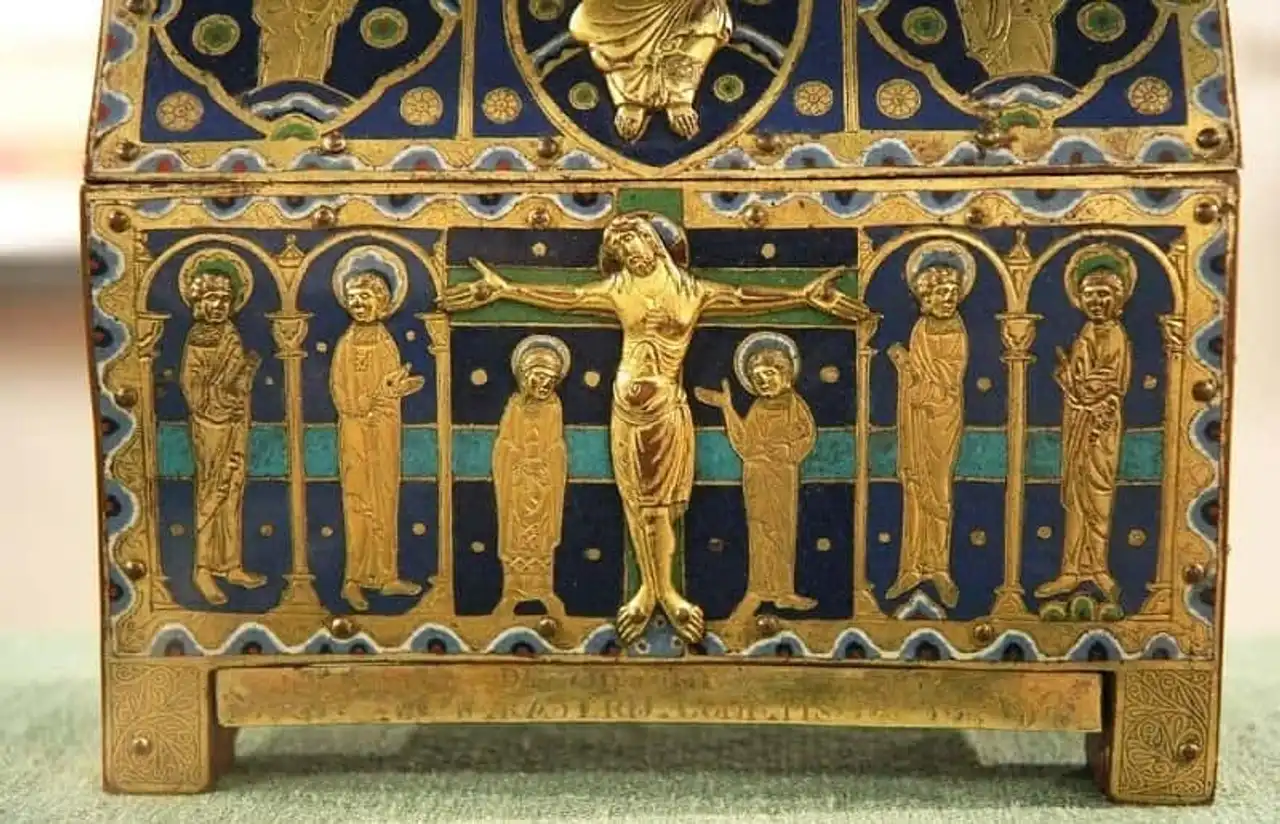
Photo credit: Flickr – Holly Hayes
Currently closed for renovation, this museum exhibits works of art usually presented in the cathedral and baptistery. Inaugurated in 1986, the museum is organized on two floors divided into twenty-three exhibition rooms. sculptures such as The Virgin to the Child of Giovanni Pisano are among the most popular among those of Nicola and Giovanni Pisano (bustes of the loggia of the Baptistery), Tino di Camaino and Nino Pisano. Visitors particularly appreciate the view of the Pisa Tower from the garden of the museum's cloister.
6. San Matteo National Museum
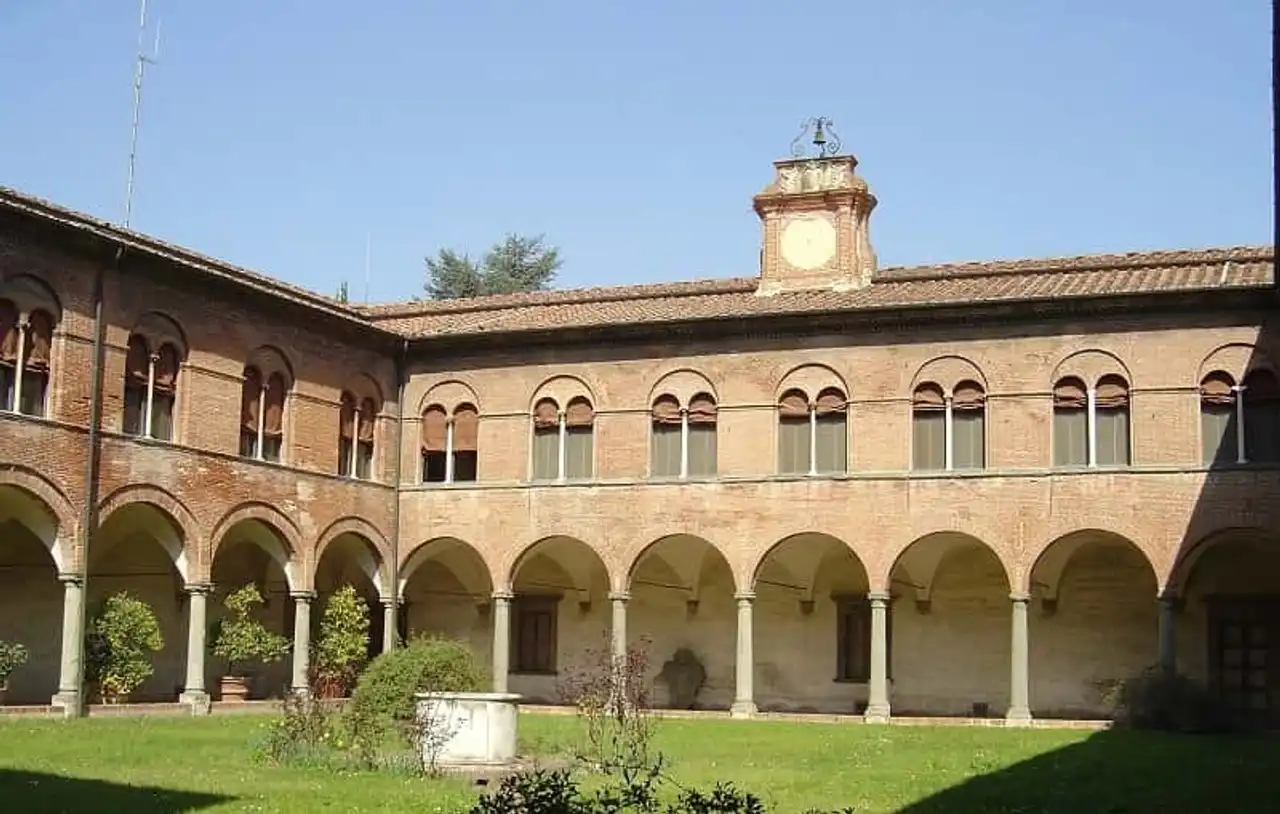
Photo credit: pisa.it
The former Benedictine Convent of San Matteo now houses the National Museum of Pisa, with sculptures and paintings from Tuscan schools from the 12th to 14th century containing works by Lippo Memmi, Taddeo Gaddi, Gentile da Fabriano and Ghirlandaio. Don't miss it. Saint Paul de Masaccio, la Humility Madonna of Gentile da Fabriano and the great Polyptyque de saint Catherine Simone Martini. You will also enjoy the collection of pisan sculptures of the 14th and 15th centuries, including works by Nicola and Giovanni Pisano, Andrea and Nino Pisano, Francesco di Valdambrino, Donatello, Michelozzo and Andrea della Robbia.
7. The Church Santa Maria della Spina
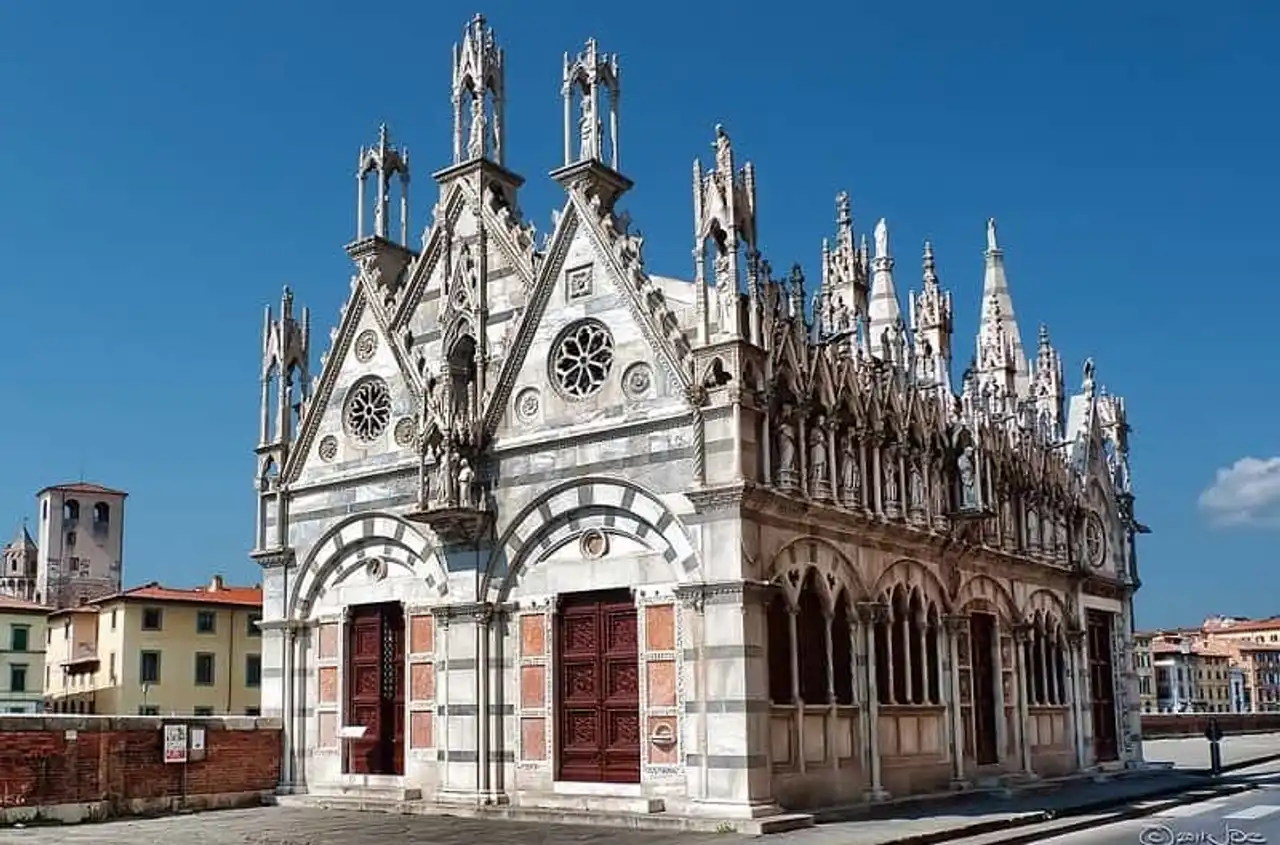
Photo credit: Flickr – Joe deSousa
The church of Santa Maria della Spina, on the left bank of the Arno, is perhaps the best known of the smallest churches in Pisa and certainly one of the most beautiful. Originally a small oratory built on the banks of the Arno, it was dismantled and stoned to a higher level above the river. The richly decorated Gothic church owes its name to the fact that it houses a thorn ( spina ) the crown of Christ, brought to Pisa from the Holy Land.
8. Palazzo della Carovana (Piazza dei Cavalieri)
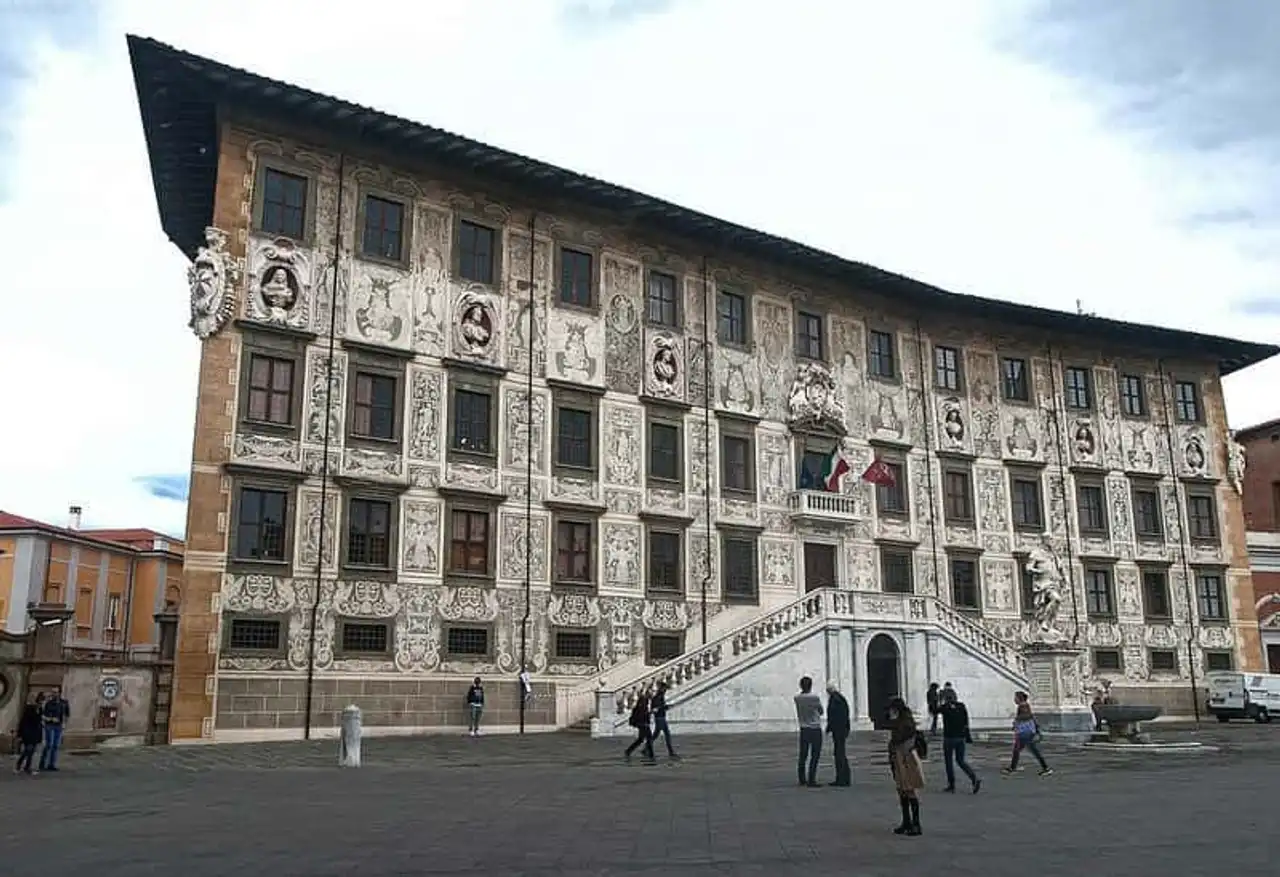
Photo credit: Flickr – John Weiss
This palace of Piazza dei Cavalieri was originally the Palazzo degli Anziani (Palais des Anciens). In 1562, the architect Giorgio Vasari began to rebuild it and to enlarge it, creating the magnificent Palazzo della Carovana, where the knightry courses of the Order of Saint-Etienne were held. The most imposing building in Piazza dei Miracoli is decorated with busts of six major Tuscans. Since 1810, the palazzo houses the Scuola Normale Superiore , an elite college of higher education founded by Napoleon. In front of the building is a statue of Cosme 1er by Piero Francavilla. On the north side of the square is the Palazzo dell’Orológio, built in 1607 for the Order of Saint-Etienne.
9. Palazzo Blu
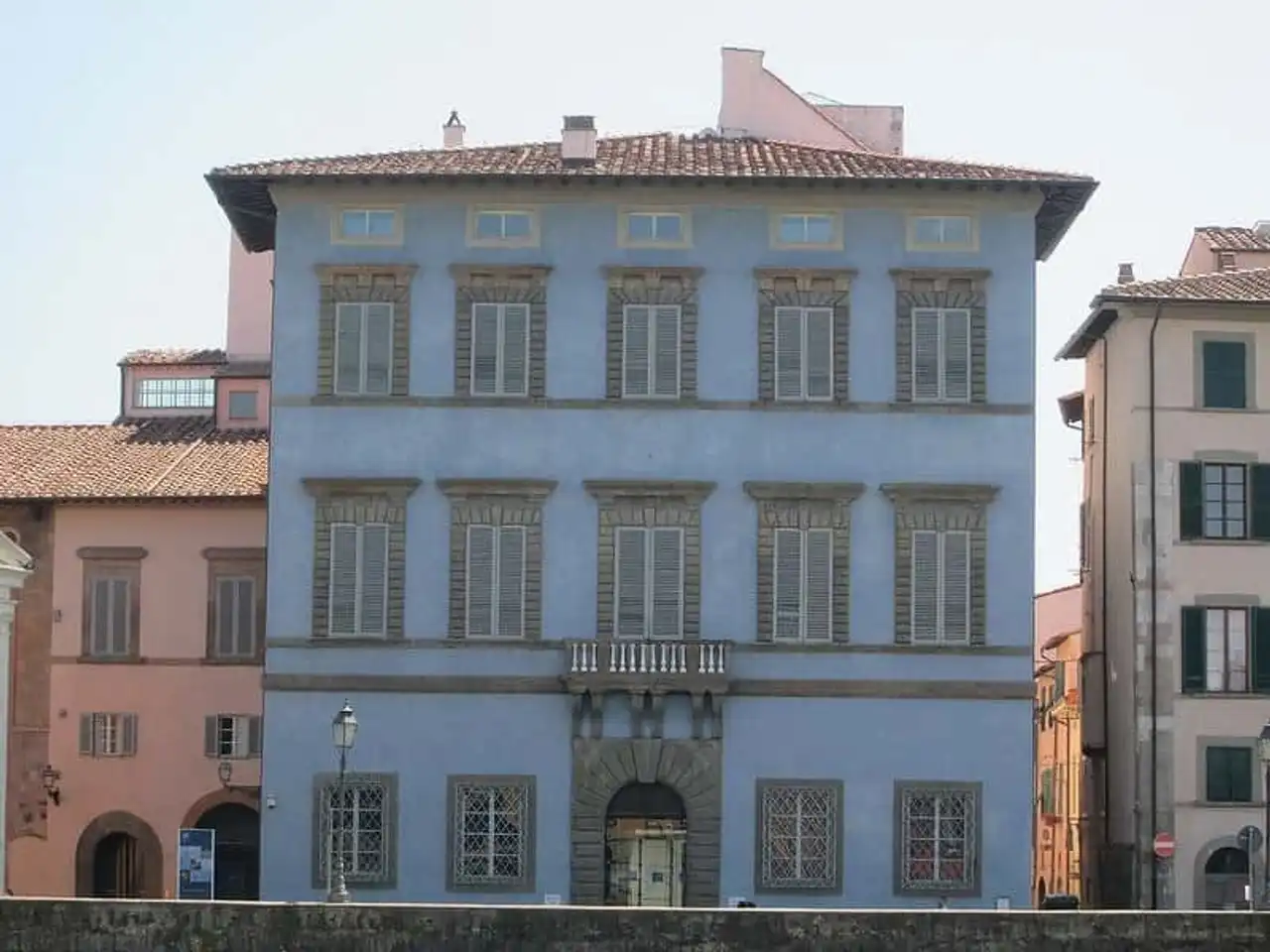
Photo credit: Flickr – Henk-Jan van der Klis
Facing the river, this beautifully restored 14th century building has a blue façade. Inside is exposed the art collection of the Fondazione Pisa mainly pisan works from the 14th to the 20th century, as well as various temporary exhibitions.
10. La Cittadella Nuova ou Giardino Scotto
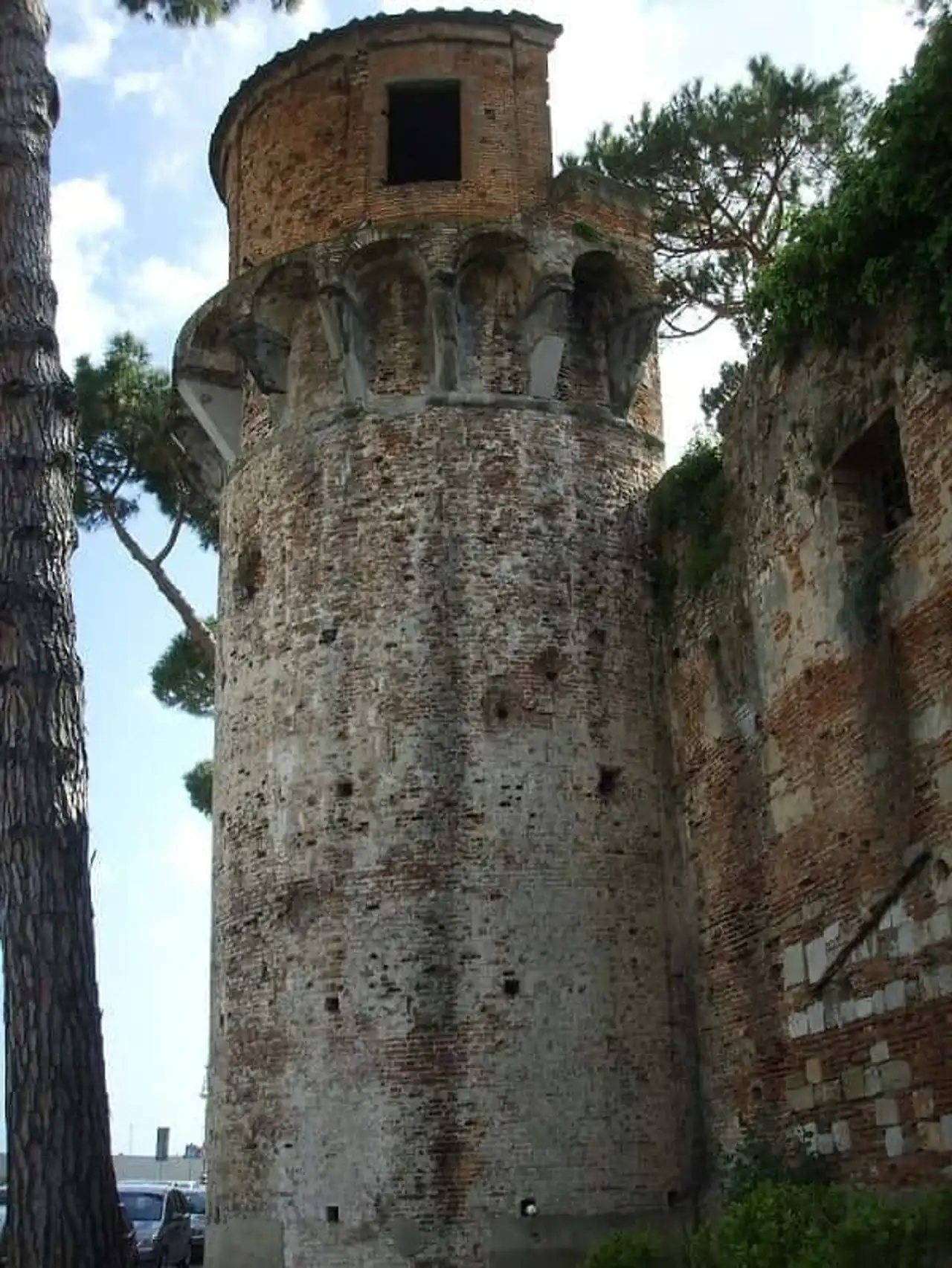
Photo credit: Wikimedia – sailko
The Giardino Scotto is an ancient fortress in Pisa. The citadel was called “nuova” to distinguish it from the Cittadella Vecchia on the north shore of the river. The Cittadella Nuova is located along the Lungarno Fibonacci, along the Arno River between the Ponte della Vittoria and the Ponte della Fortezza. The park is an ideal place to enjoy peace in the center of the city. Moreover, thanks to the renovation of the medieval ramparts, it is now possible to stroll around and look at the city with a truly unique perspective.
11. La Cittadella Vecchia
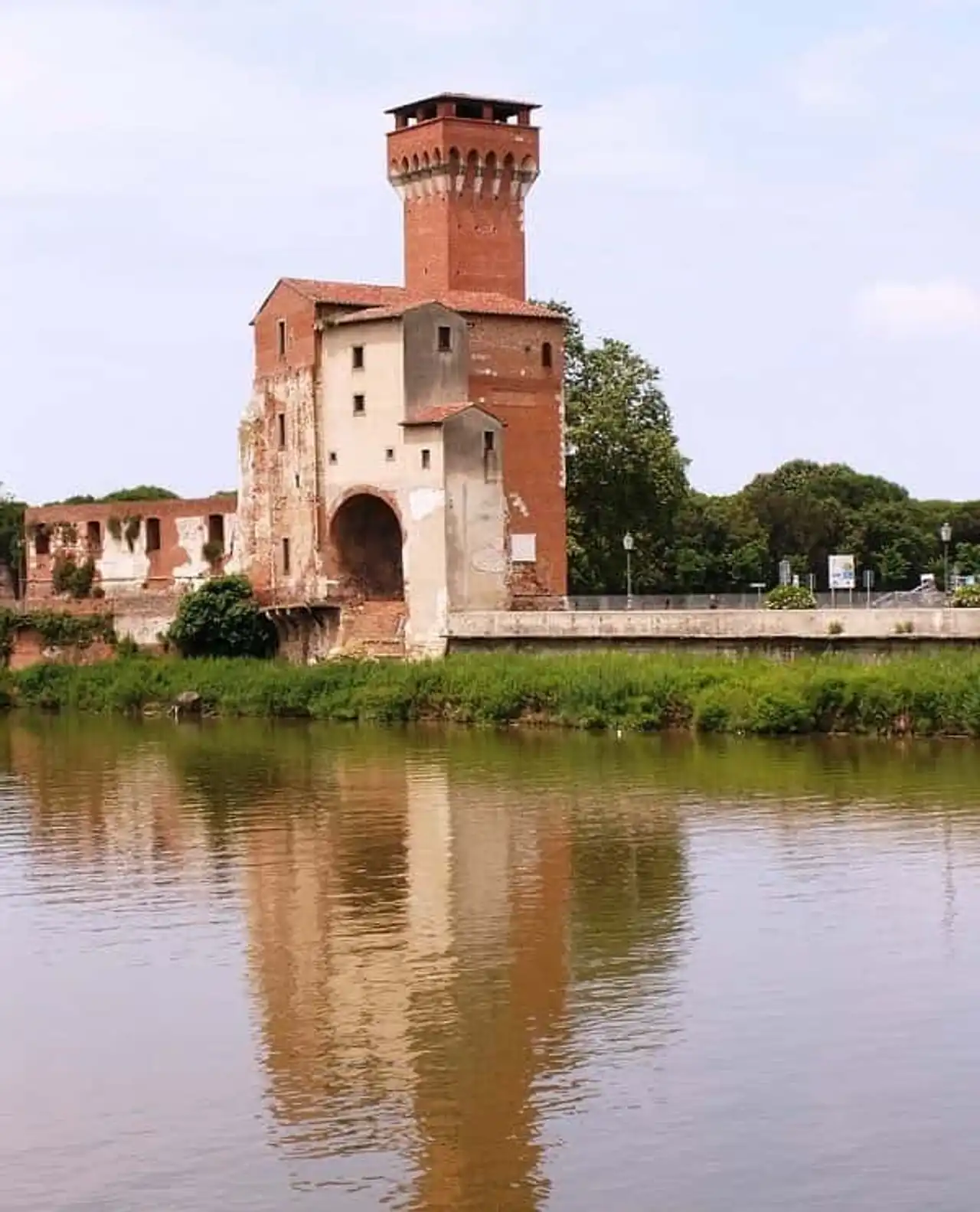
Photo credit: Flickr - Pedro
The citadel of Pisa is the name given to a vestige of an ancient fortification located on the edges of the Arno. The most remarkable building that remains of the Cittadella Vecchia is the Torre Guelfa dated half of the 15th century. It was destroyed during the Second World War, and rebuilt identically in 1956.
12. The work of street-art Tuttomondo
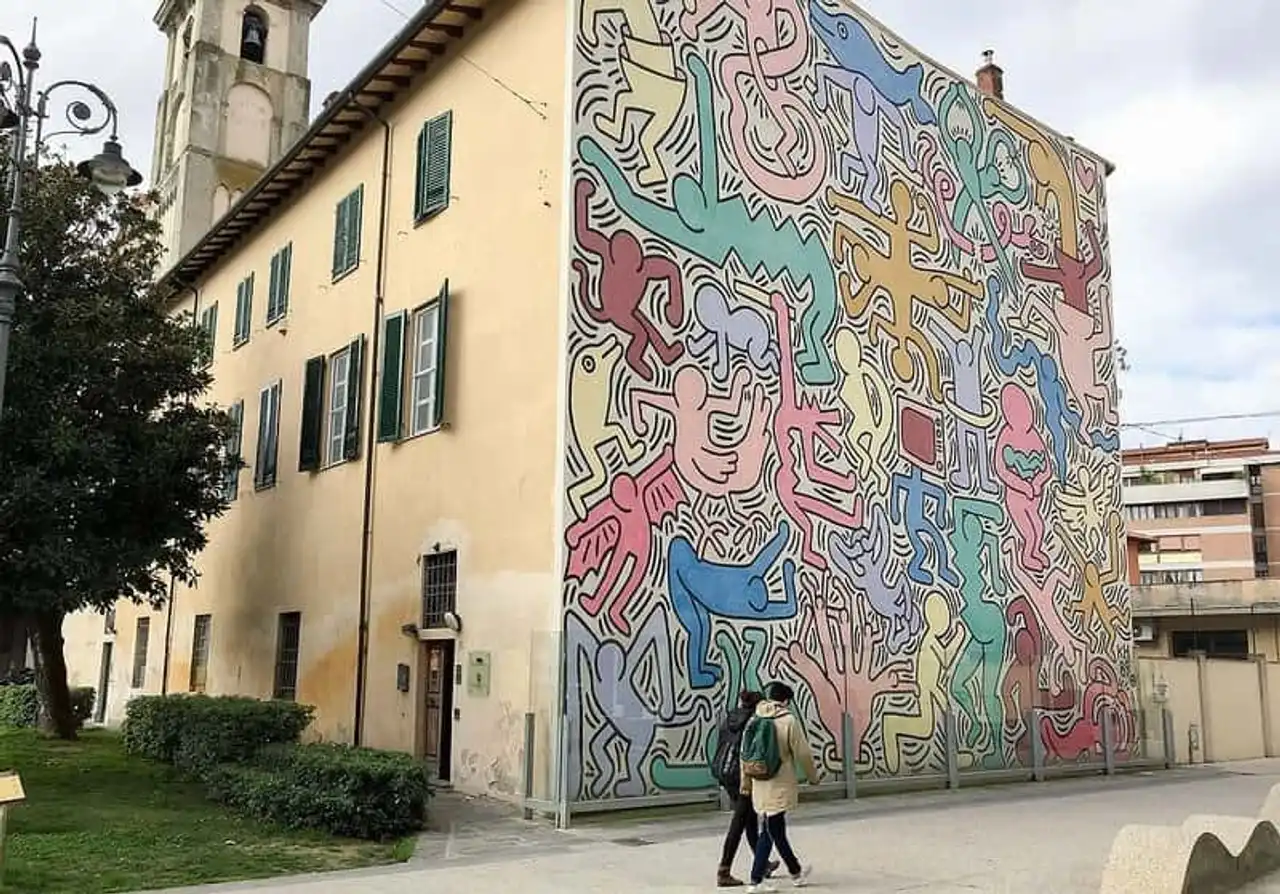
Photo credit: Flickr – Darren and Brad
The wall painting “Tuttomondo” was created by American artist Keith Haring in 1989 and aims to represent world harmony. Each of the 30 characters represents a different aspect of peace in the world: a woman with a baby in her arms represents maternity, while the two men supporting a dolphin refer to the relationship of man with nature. The work is visible on one of the facades of the church of Sant’Antonio Abate.
13. Migliarino-San Rossore-Massaciuccoli Natural Park
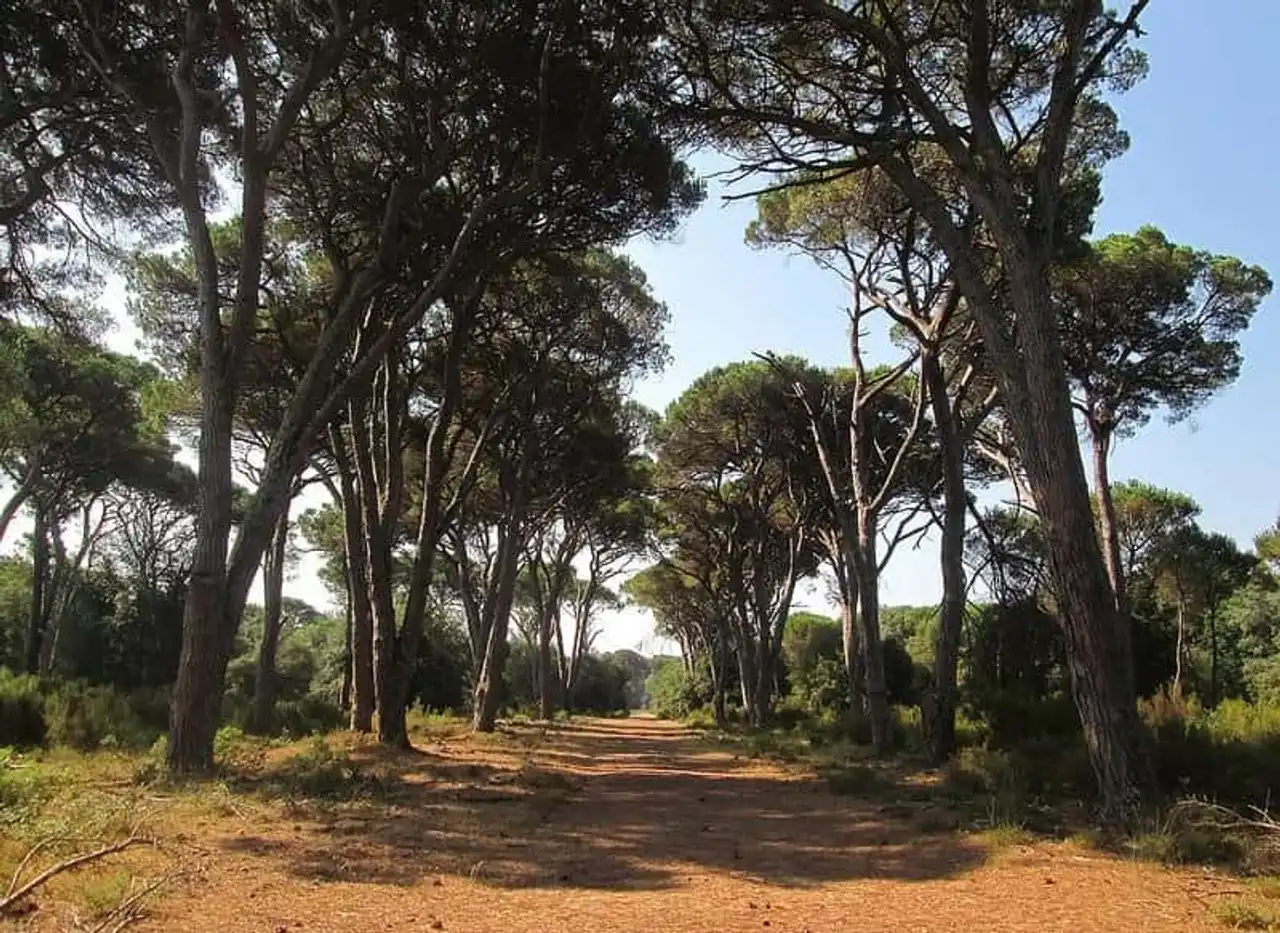
Photo credit: Flickr – Henk-Jan van der Klis
Covering approximately 24,000 hectares along the coast, this natural park is the ideal opportunity to escape from the centre of Pisa. Inaugurated in 1979, this park includes the lake, the marsh of Massaciuccoli and the remains of the ancient Pisane forest that covered the entire area between La Spezia and the south of Livorno. Fishes, turtles and 250 bird species make up most of the park’s wildlife.
14. Other things to visit in Pisa
- Walk along the banks of the Arno
- Visit the Museo delle Navi Antiche or "Museum of antique boats"
- Go to L’Ostellino, close to Piazza dei Miracoli, which is definitely the best place to eat in Pisa on site or take away, at very affordable prices
- Explore the Church Santo Stefano dei Cavalieri
- Explore the Church San Paolo a Ripa d’Arno
- Evade in the botanical garden of the University of Pisa
How do I go to Pisa?
There are several ways to get to Pisa. First by air, several airlines, including low-cost airlines, offer flights to Pisa. There are direct flights from Paris to Pisa. Galileo Galilei International Airport is located 1 km from the city centre and 80 km from Florence . To find cheap flights to Pisa, you can use the flight comparison Ulysses .
Getting to Pisa from Florence : there are no less than 20 trains to Pisa leaving Florence every day. It is ideal for visit Pisa from Florence in one day For example. The return ticket costs 16,80€ and the journey takes about 1h15. Remember to book your train ticket in advance on the official website Trenitalia .
Where to stay in Pisa?
Pisa is a very tourist city but has the advantage of not being gigantic. You can do this find a hotel or apartment in the city center quite easily. You are advised to book your stay in advance to avoid paying too expensive or having to take a place away from the centre. To find a cheap hotel in Pisa, you can search this Compare hotels .
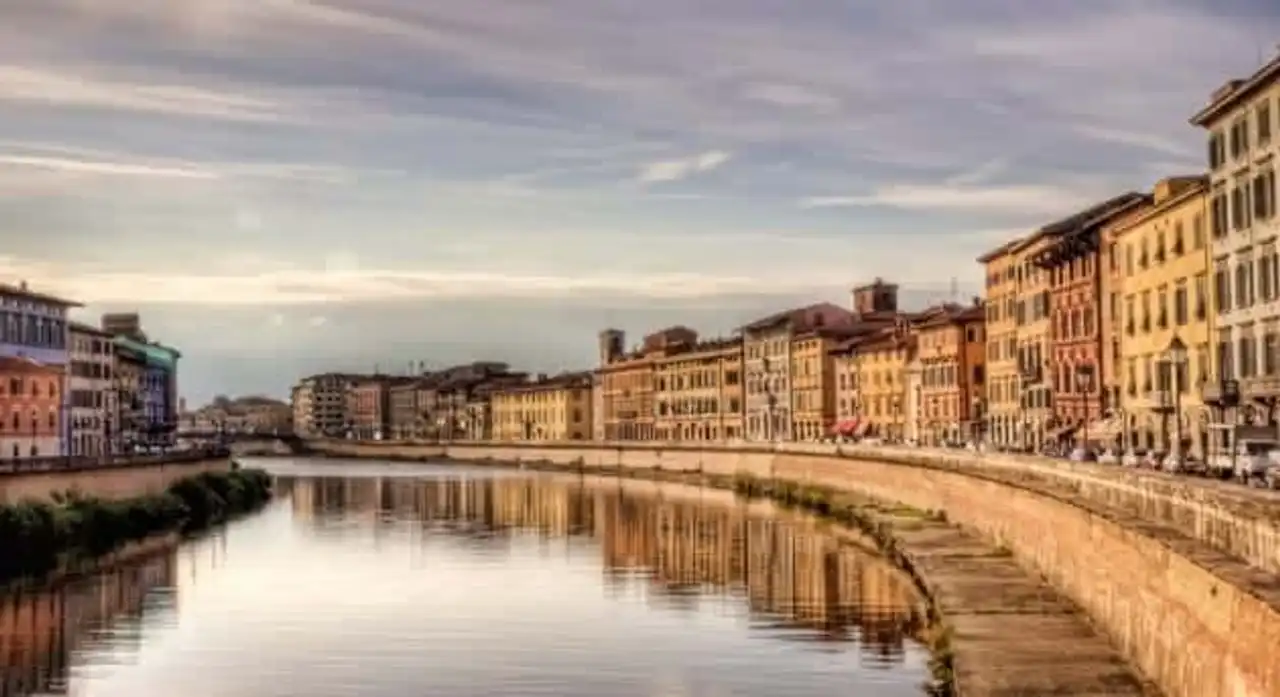




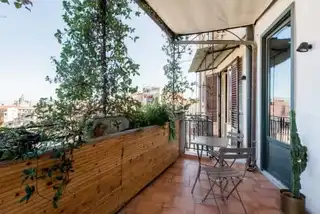
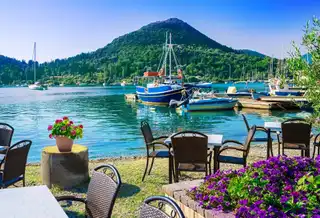
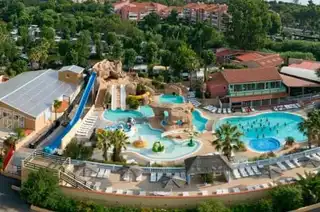
Loading comments ...